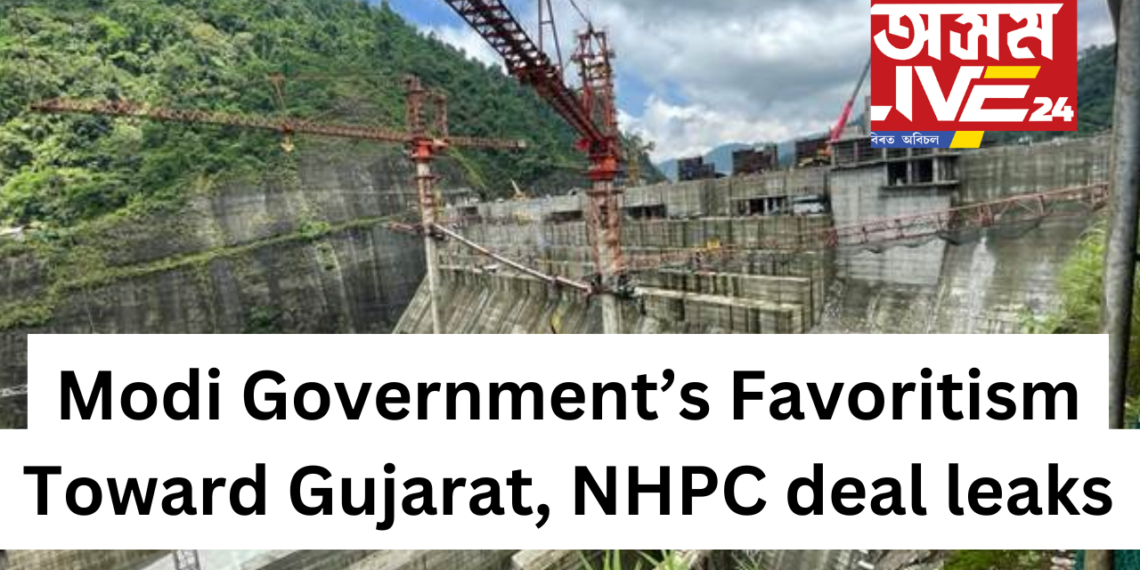In a recent turn of events, allegations have emerged suggesting that the Modi government has betrayed Assam, showing greater favor towards Gujarat. Revelations surrounding the Dibang hydroelectric project in Arunachal Pradesh have raised concerns, as it appears that Assam will not benefit from this project, while Gujarat is set to purchase 90% of the generated power.
The NHPC has signed an agreement with the Gujarat Energy Development Corporation, ensuring that Gujarat reaps the rewards even as Assam faces potential setbacks. Critics argue that the government is catering to the interests of the big dam lobby, undermining local concerns.
Modi’s ‘Ashtalakshmi’ mantra for the Northeast has come under scrutiny as the Dibang dam poses significant risks, including a tsunami-like threat to the Tinsukia and Dibrugarh districts of Assam. Following the leak of the NHPC power deal, strong reactions have erupted in Upper Assam, with student unions planning protests in Tinsukia and Dibrugarh against the environmental degradation caused by the project.
The central government’s plans to construct 135 large dams in Arunachal Pradesh, with permissions already granted for 13, have alarmed environmentalists. They warn that these dams threaten the ecological balance in the Dibrugarh, Tinsukia, and Golaghat districts of Assam. Under the power purchase agreement, Arunachal Pradesh will only receive 10% of the electricity generated.
Ongoing protests in both Arunachal Pradesh and Assam reflect deep-seated frustrations over the environmental impact of these projects. With the recent energy agreement, fears of unrest across the region have intensified, raising questions about the future of Assam’s environment and its people.
এনেধৰণৰ অন্যান্য বা-বাতৰিৰ বাবে লাইক কৰক অসম লাইভ ২৪ ৰ ফেচবুক পেজ






















